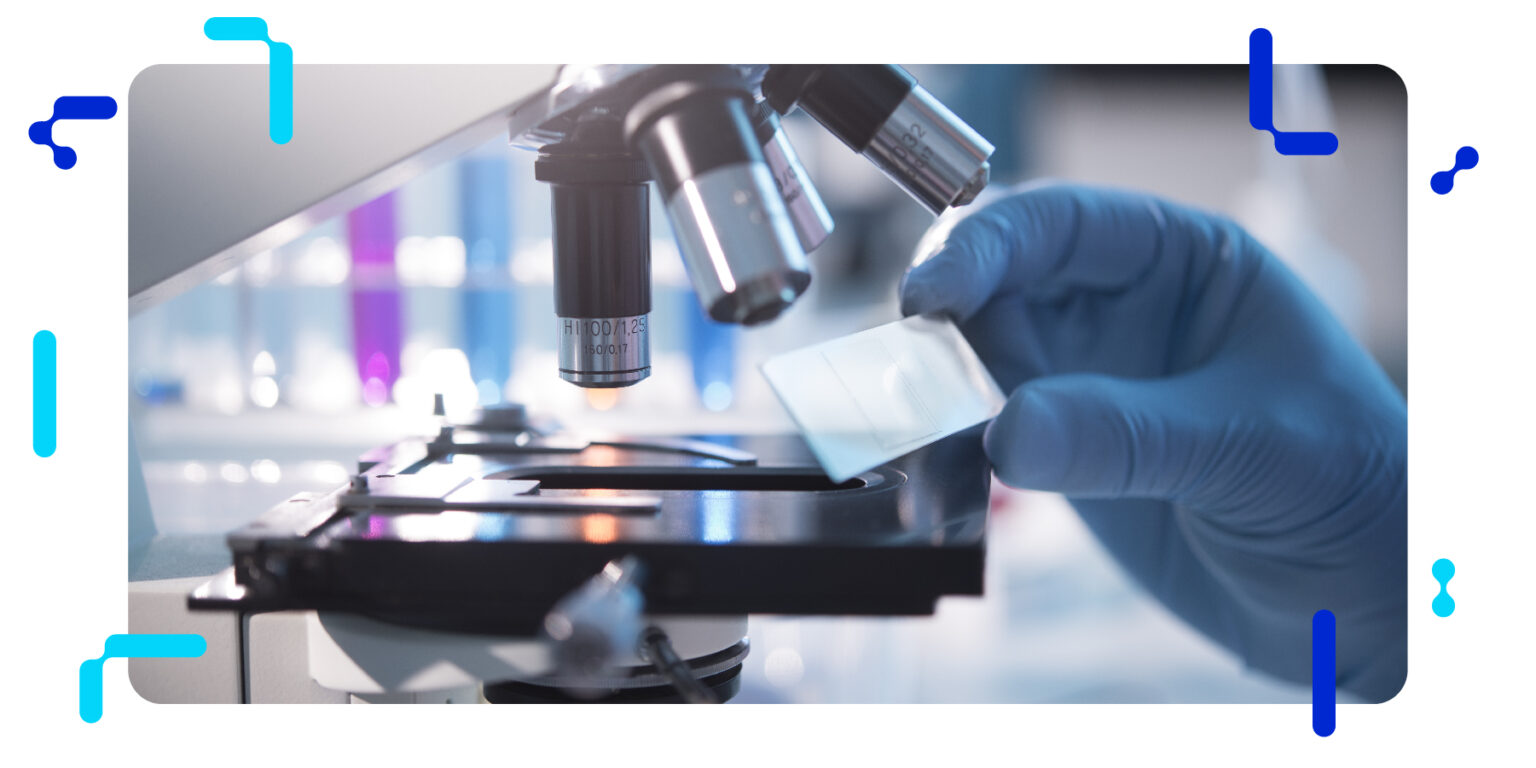
อะไรจะเกิดขึ้นกับสิ่งส่งตรวจของฉัน?
(What will happen to my specimen?)
พยาธิวิทยาเป็นสาขาทางการแพทย์ที่เน้นที่การหาสาเหตุและลักษณะของโรค
(Pathology is a medical specialty that focuses on determining the cause and nature of diseases.)
ตลอดช่วงวัยเด็ก วัยผู้ใหญ่ และวัยชรา พยาธิวิทยายังคงช่วยป้องกัน วินิจฉัย และรักษาการติดเชื้อ อาการแพ้ โรคเรื้อรัง มะเร็ง และภาวะทางการแพทย์อื่นๆ อีกมากมาย ห้องปฏิบัติการพยาธิวิทยาจะตรวจและทดสอบเนื้อเยื่อของร่างกาย (เช่น การตรวจชิ้นเนื้อ การตรวจคัดกรองมะเร็งปากมดลูก) และของเหลว (เช่น เลือด ปัสสาวะ) ซึ่งช่วยให้แพทย์วินิจฉัยและรักษาผู้ป่วยได้อย่างถูกต้อง
Throughout childhood, adulthood and old age, pathology continues to help prevent, diagnose and treat infections, allergies, chronic diseases, cancer and countless other medical conditions. Pathology laboratories examine and test body tissues (e.g. biopsies, pap smears) and fluids (e.g. blood, urine) which help doctors diagnose and treat patients correctly.
ความสำคัญของพยาธิวิทยา
(THE IMPORTANCE OF PATHOLOGY)
100%
โรคมะเร็งได้รับการวินิจฉัยโดยนักพยาธิวิทยาและนักวิทยาศาสตร์โดยดูจากกล้องจุลทรรศน์
(of cancer is diagnosed by Pathologists and Scientists looking down microscopes)
70%
การรักษาทางการแพทย์ การวินิจฉัย และการตัดสินใจออกจากโรงพยาบาลขึ้นอยู่กับผลการทดสอบทางพยาธิวิทยา
(of medical treatments, diagnosis and discharge decisions are based on pathology test results)
50,000,000+
Innoquest ดำเนินการทดสอบมากกว่า 50 ล้านครั้งต่อปี
(Over 50 million tests performed annually at Innoquest)

ตั้งแต่เกิดจนถึงผู้สูงวัย
ทุกคนใช้พยาธิวิทยา
(From birth to old age,
everyone uses pathology)
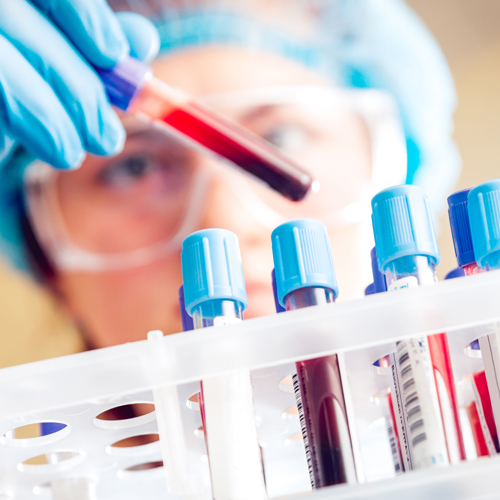
ตัวอย่างเล็กๆ เพียงชิ้นเดียวสามารถเปิดเผยข้อมูลเชิงลึกเกี่ยวกับตัวคุณได้นับล้าน
(1 small sample can reveal millions of insights about you)
กระบวนการตรวจทางพยาธิวิทยา
(Pathology testing process)

แพทย์ตรวจคนไข้และต้องการข้อมูลเพิ่มเติมเพื่อวินิจฉัยโรคให้แน่ชัด
(Doctor sees patient and require additional information to conclusively diagnose illness.)
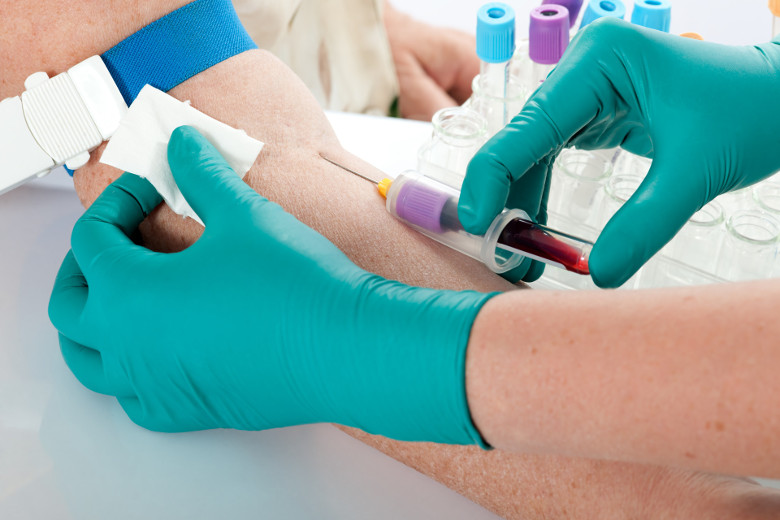
ตัวอย่างของผู้ป่วย (เลือด ปัสสาวะ อุจจาระ ฯลฯ) จะถูกนำไปวิเคราะห์ที่ห้องปฏิบัติการ
(Patient’s specimen (blood, urine, stool, etc.) is taken for analysis at the laboratory.)
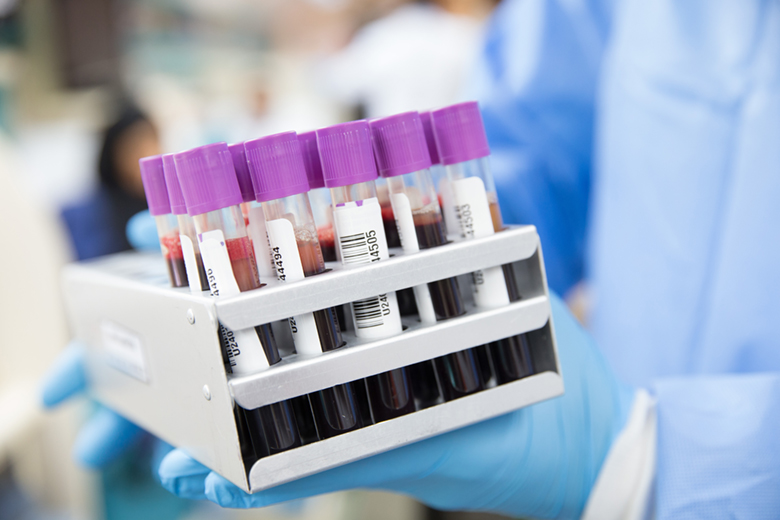
ตัวอย่างของผู้ป่วยจะมาพร้อมกับแบบฟอร์มคำขอตรวจเพื่อส่งไปที่ห้องปฏิบัติการ
(The patient’s specimen is accompanied by the test request form to be sent to the lab.)

ตัวอย่างของผู้ป่วยจะถูกนำไปส่งโดยพนักงานรับส่งสิ่งส่งตรวจของห้องปฏิบัติการเพื่อนำกลับมาที่ห้องปฏิบัติการ
(The patient’s specimen is picked up by the lab courier to be brought back to the lab.)
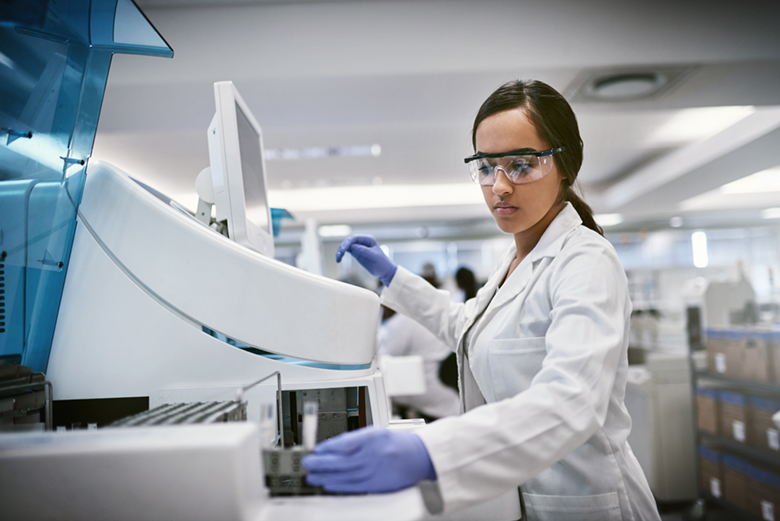
ผู้ป่วยต้องกรอกแบบทดสอบลงในระบบข้อมูลห้องปฏิบัติการ (LIS) ตัวอย่างจะถูกติดบาร์โค้ดเพื่อระบุตัวตนในห้องปฏิบัติการ
(The patient’s requested test/s is entered into the laboratory information system (LIS). The specimen is bar-coded for identification at the lab.)
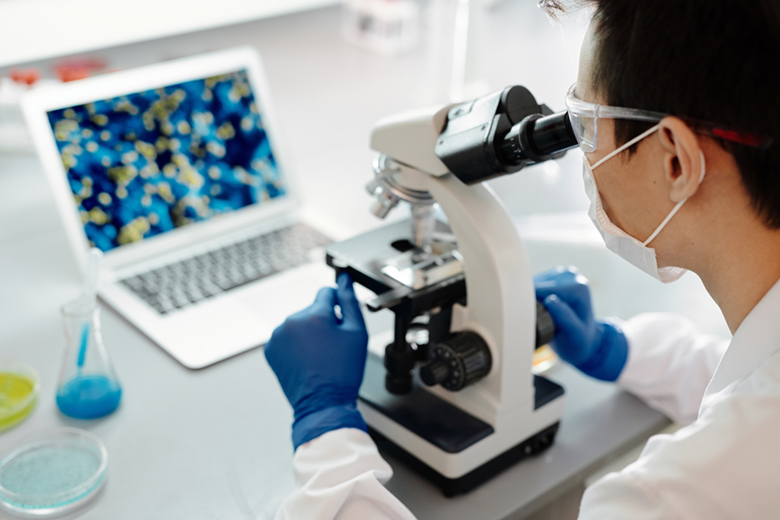
ตัวอย่างจะถูกส่งไปยังแผนกต่างๆ เพื่อวิเคราะห์ตามการทดสอบ (Depending on the test requested, the specimen is sent to the different departments for analysis.)

รายงานผลการตรวจจากห้องปฏิบัติการจะออกให้หลังจากการตรวจเสร็จสิ้น รายงานผลการตรวจจะถูกส่งไปยังแพทย์ผ่านพอร์ทัลอิเล็กทรอนิกส์ของเรา ส่งทางอิเล็กทรอนิกส์ไปยัง CRM ของคลินิก หรือส่งรายงานในรูปแบบสำเนาเอกสารโดยบริการจัดส่งของเรา
(A laboratory report is issued after test completion. Report will be sent to the doctor via our e-portal, electronically transmitted to the clinic CRM or through a physical hardcopy report delivered by our courier.)

